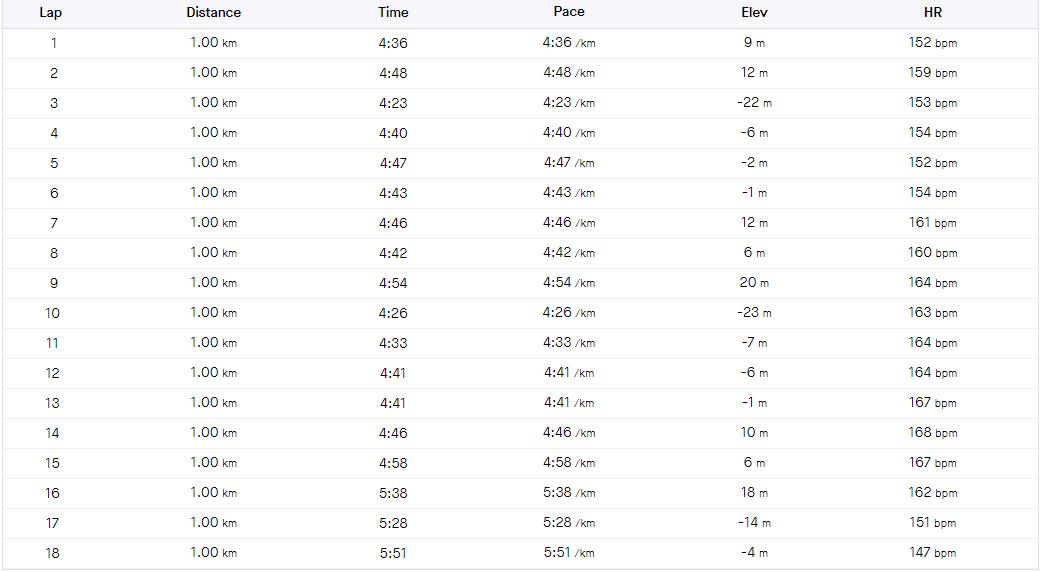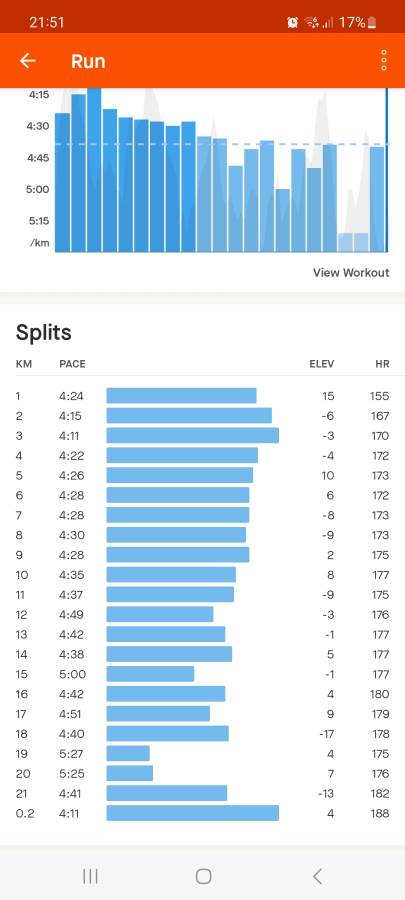Every race, whether it's a local 5K or a prestigious marathon, is a journey filled with excitement, challenges, and triumphs. As runners, we eagerly lace up our shoes, gather at the starting line, and prepare to test our limits. Yet, hidden within the exhilaration of race day lies a crucial factor that can profoundly influence our experience—the art of pacing.
Pace Your Running Race
Pacing isn't just about how fast or slow we run; it's the strategic orchestration of our efforts over the course of a race. It's the invisible hand guiding us towards our goals, shaping the highs and lows of our journey.
In this article, we will dive deep into the world of race pacing, exploring three distinct strategies that can make or break your race day. Whether you're a seasoned racer or just beginning your running journey, understanding these pacing strategies is your ticket to a more successful and enjoyable race.
So, let's hit the ground running and unravel the secrets of pacing for race day success.
Three Pacing Strategies which Affect Your Racing Experience
You may not set off with a pacing strategy but you’re executing one of three pacing patterns each time you race.
Here are the three pacing strategies:
Positive split - You cover the first half of your race faster than the second half.
Negative split - You run the second half of your race faster than the first.
Even split - You run both halves of the race in the same amount of time.
The degree at which you pace your first half faster or slower has a huge bearing on your experience but today we’re going to assume you achieve a significant positive or negative split.
We’ll assume an even split means the first half of your race was less than 10 seconds faster or slower than the second half.
Racing with a Positive Split
This is the most common pacing pattern among inexperienced runners and even experienced runners suffer this pattern when they get things wrong on the day.
Assuming you’ve run the first half 10 seconds or more faster than the second half of the race, you have probably found the second half of your run hard. Just how hard will depend on how fast you’ve run relative to your ability and conditions on the day but let’s look at an example from one of my long runs on a hot Summer’s day.

In the image above you can see my pace drop considerably in the final 3 kilometres. My speed was simply too ambitious for the conditions on the day and my level of fitness at that time.
First 9k - 42:19
Second 9k - 45:02
Difference - 2:41
Below you'll find three lap breakdowns from the Run Cheltenham Half Marathon. Notice the fast starts, collapse in the 19th and 20th kilometres followed by resurgent last 1k.



The final surge in the last kilometre is owed to the lowered cardiovascular stress from the slowing after half way through the race and the downhill section at the end of the race course.
Notice the heart rates slow in soon after the speeds?
What’s Wrong with a Positive Split?
Energy Exhaustion
When we run the first half at a speed which is too fast to sustain for the entire race we burn through the fuel required to run at that speed. If we had more of that fuel then we could sustain the race longer and potentially finish at the same speed but the fact we don’t maintain that speed tells us we didn’t have enough of that kind of fuel.
In the table above you can see the point when my heart rate peaks and my speed starts to slow. At this point there is nothing I can do to rescue the situation. I’ve burned the fuel for running under 5min/k and the only way I’m going to survive the run is by slowing down.
My lungs soon recover because I can’t actually run fast enough to make them work harder. There’s not enough energy left.
Technique Degradation
When you’ve burned through the fuel you lose the ability to focus on anything other than putting one foot in front of the other. Dedicating energy to maintain an efficient posture gives way and we increase the stress on soft tissues and joints.
A lot of people will walk at this point. They recognise that running has become too hard and stop.
Inability to Make Decisions
When we hit this level of fatigue we lose the ability to make the most important decisions of a race:
Do I speed up, hold this pace or slow down?
There is no ability to speed up. We often desperately try to hold the speed but often slow whether we know it or not.
Neural Fatigue
Running in this “Survival Mode” places a huge strain on your nervous system. Nerves fatigue like muscles but when we push them to continue firing at the point of exhaustion we are eating away at their ability to recover in time for our next planned run.
Our nervous system doesn’t show us fatigue in the way our muscles do. You may feel like you’ve recovered from the race but when you go for a run you’ve just not got the same amount of pep.
The signals you’re sending from your brain just don’t have the same power they had before the race and this fatigue can last an entire week.
Potential Benefits of the Positive Split
The Psychological Benefit of Being Ahead
If you’re hoping to beat someone in a race then your fast start can inflict a psychological blow on them as they watch you run away and out of sight. There is a chance that they will suffer lower motivation IF they think that you have found some extra level on the day and are no longer beatable.
There is also the potential that they just stick to their game plan and catch up with you later in the race.
Getting Ahead of the Traffic
If you’re in a race which has a lot of runners who are similar speed to you then a fast start can ensure that you don’t have as many people getting in your way. This is a big factor when running on tight trails and passing opportunities are rare.
Having to wait for 20 people to get through a kissing gate is going to impact your time much more than if you’re first or second to that gate.
In big road races the pen you start in and how far forward you start in that pen should be your big strategy for avoiding traffic. One disadvantage of starting with faster runners is that you’re more likely to pace way too fast in the first half and suffer in the second half.
Congratulations on recognising the pitfalls of the Positive Split! You've learned how this common mistake can turn your race day into a very challenging experience. But there's more to the story, and you're just one step away from discovering superior pacing strategies—the Negative Split and the Even Split.
To access these race-winning secrets and complete your journey to becoming a smarter and more efficient runner, all you need to do is register your interest in Race Squad.
Part 2 of this article will be emailed to everyone who has registered their interest in Race Squad this Sunday night.
In case you haven't heard; Race Squad is a community of runners dedicated to improving their race day experience. As a member you'll also unlock a range of valuable benefits designed to elevate your running such as:
- Expert runner interviews for priceless insights.
- Race preview videos to prepare for upcoming events.
- Race Day Data Reviews so you can learn from other runner's experiences.
- Personalized training plans aligned with your goals.
- A supportive community of fellow runners.
- And so much more!
Don't miss this opportunity to transform your running journey.
Click here to register your interest in Race Squad and gain access to the complete guide, including the Negative Split and the Even Split strategies.
These split strategies hold the true key to a better race day experience.
